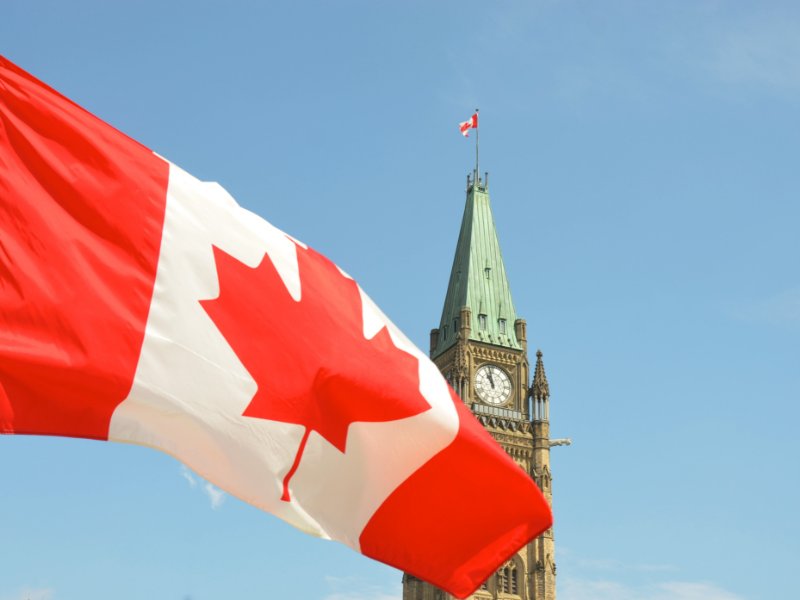Although Canada and the United States are neighbors, each country differs in many ways. When it comes to the law, personal injury lawsuits and other torts are handled a little differently in the Great White North. Not only is there distinct terminology used in each country, but there are some key differences in how lawsuits are handled in Canada versus America, according to the Ottawa injury lawyers at SG Injury Law.
Below are three of the biggest differences. Note that these differences apply to all Canadian provinces except Quebec, which follows the Quebec Civil Code instead.
1. The Courts
In Canada, there are three courts: federal, superior, and provincial. Provincial courts handle most cases, but serious cases like criminal ones go to the superior court. Canadian personal injury lawsuits, also called unintentional torts, are handled by the provincial court, whereas America utilizes the federal court.
Additionally, judges in Canada are appointed to their court by the federal government as opposed to being elected, so they hold less political bias than in America. In America one judge will preside over the entire case, whereas in Canada multiple judges may handle different stages of the case. Another difference is that Canadian courts may look at global case results when making their decision, but the U.S. only refers to its own judicial history.
2. Money
There are a couple of differences in the monetary aspect of torts.
Damages Available
The U.S. is infamous for handing out extremely large settlements, sometimes millions of dollars. In Canada, the Supreme Court has imposed a limit on the damages available for pain and suffering. These damages are called “non-precuniary” because it’s extremely difficult to assign a monetary value to pain and suffering. The original limit imposed in the 1970’s was $100,000, but it is now closer to $400,000 due to inflation.
Lawyer Fees
In Canada, court costs such as lawyer fees are paid by the losing party after the case ends. This is referred to as the English Rule. Who pays is ultimately up to the court, but they usually assign costs to the loser.
In the U.S., each party pays their own lawyer fees, regardless of who wins. This is called the American Rule. Many lawyers in the U.S. take a percentage of the awarded compensation as their payment.
3. Negligence Laws
The Ontario Negligence Act is used in Canadian courts (excluding Quebec), and employs the system of contributory negligence. This phrase actually means something different than it does in America. In Canada, this type of negligence is used to reduce the plaintiff’s damages in proportion to their percentage of liability.
In America, contributory negligence refers to a slightly different, older law. It means that if the plaintiff was even slightly at fault, they will receive no damages. Currently this negligence law is only used in Alabama, Maryland, North Carolina, and Virginia. Most states in the U.S. use comparative negligence, which is much more similar to Canada’s system.




No Comment